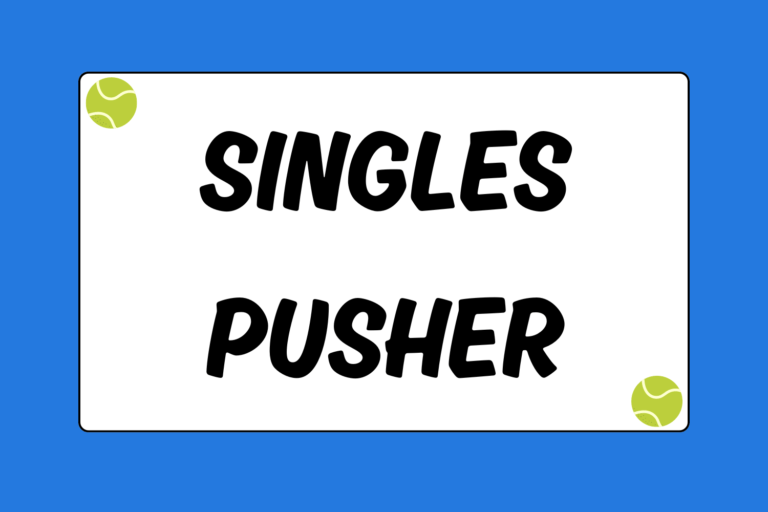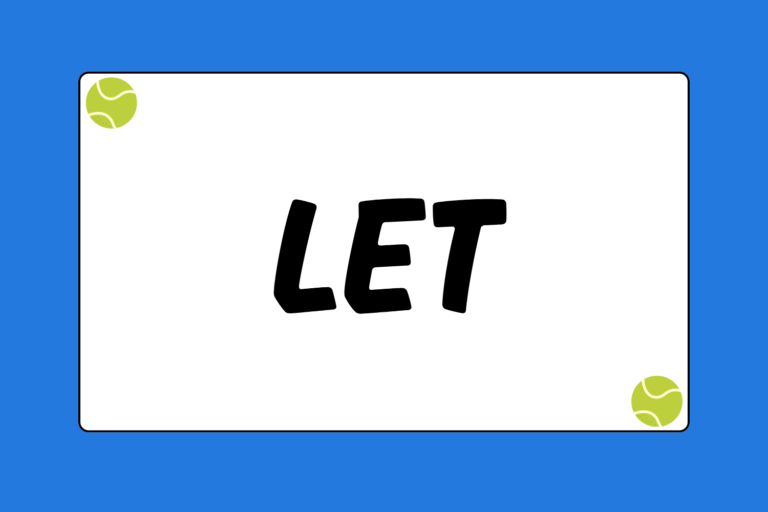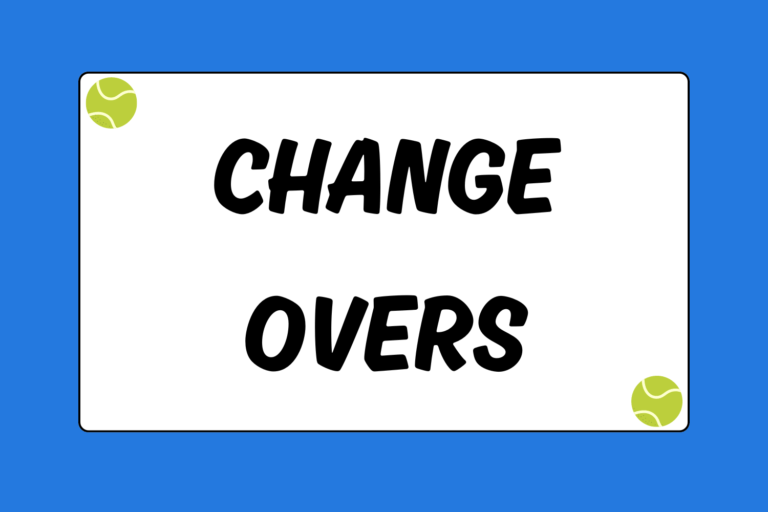Nobody, not even a beginning tennis player, likes to be called a “dinker.” Even aggressive servers, overcome by the fear of double faulting and handing out a free point, can crumble under pressure and resort to weakly tapping the ball over the net on their second serve.
The second serve is one of the most underrated tennis strokes. Too many players use their first serve as a weapon, but then back down on their second attempt by simply trying to put the ball in the service box. This change in mentality is a fundamental mistake, and puts the server in a vulnerable position for the rest of the point.
Service games are a distinct advantage for the server, and if you start the point cautiously, you’ll struggle to crawl back and recover. Instead of simply trying to keep the ball in play, have a game plan and attack the opposition.
If you follow these tips, you’ll have more confidence in your second serve and become a more serious competitor on the court.
The Ball Toss
The first facet of serving is the location of your toss. Many beginners overlook the importance of this step; however, a wild toss often leads to an inaccurate serve and a squandered opportunity.
Tossing the ball directly over your head allows for full arm extension, which generates more power and a better angle to get the ball over the net. Throwing the ball too high will likely disrupt your timing and result in a poorly-hit serve. A common trick you can use to practice is to aim for the shoulder opposite your throwing arm when you toss the ball in the air.
Consistency
Once you develop a dependable ball toss, you need to focus on having a consistent swing. Many players tense up on their second serve, so it’s important that you develop good habits and feel comfortable with your stroke.
An old tennis proverb states that you’re only as good as your second serve. One way to interpret this saying is that you should build your game around your second serve, not your first.
Establish a consistent second serve that you’re confident will go in, and once you’re comfortable, move on and hone your first serve. If you are unable to put your first serve in play 60 percent of the time, try tweaking your stroke to make it more reliable.
In terms of pace, your second serve should travel at about two-thirds of the speed of your first serve. If you notice a more dramatic drop-off, then perhaps you need to adjust your first serve.
Hot Tip: Aim for the Fences
As you introduce new swings to your arsenal, don’t be too concerned about hitting the ball out. It takes time to fine-tune your serve, and hitting the ball long is normally an indication that you’re on the right path. Hitting balls in the net, on the other hand, is less encouraging. You could be dropping your head or shoulder, or swinging down on the ball. Hitting the ball long might mean that you simply need to use more spin.
Spin
Spinning the ball is the best way to improve consistency. Spin adds margin for error, because you can hit higher over the net, while also creating a more difficult shot to return.
A topspin serve, which puts forward spin on the ball and makes it dive downward, allows you to aim higher over the net. Although topspin serves are slower than flat serves, they are much more consistent. To grip a topspin serve, hold your racket directly in front of you, arm parallel to the ground and palm facing sideways, with the strings of the racket perpendicular to the ground. This is called a Continental grip, and allows you to snap your wrist for increased power and spin.
To hit a slice serve, hold the racquet with an Eastern backhand grip (for righties) or semi-Western grip (for lefties). If you’re confused or unfamiliar with these grips, please refer to the guide, “How to Grip a Tennis “Racquet”. Toss the ball slightly farther to your right (if you are right-handed) than you would for a flat or topspin serve. Brush across the ball from its center and move out toward what would be the three o’clock position if the ball were a clock face. You want to focus on swinging upwards and outwards, without getting under the ball too much.
Don’t expect to master your serve in one practice session. It can take months or years to finally reach the level of consistency you’ve strived for. Working with a coach is the best way to get feedback about your mechanics, but it’s also useful to have a knowledgeable friend give you advice as you serve.
Hot Tip: Place the Ball
Always use the direction of the spin to your advantage. For a righty on the deuce court, try hitting the ball to the left corner of the box in order to push your opponent as far off the court as you can. On the ad side, a serve down the T will slice to the left and cause your opponent to stretch out.
Situational Practices
A helpful way to practice your second serve is to put more pressure on yourself as you serve. Try playing a set where you’re allowed only one service. This exercise gives you a clear idea of how consistent and effective your second serve is. You’ll have to find a balance between an aggressive and reliable serve, while also becoming comfortable with the anxiety of faulting.
Remember, your second serve is the crux of your game. You can’t expect to win many matches if you can’t count on making your second serve.
Take Notes
Pay attention to where your opponent likes the ball, and keep him guessing. Even if you’re serving with pace and consistency, you might be placing the ball right in your opponent’s wheelhouse. If you notice that your opposition prefers to hit forehands, try to keep your serve on the backhand side.
Whether on the first or second attempt, your serve should set up your next shot and put you in a position to win the point. If your serve is predictable, your opponent may jump on it and hit a winner. Vary where you place the ball, and keep your opponent on his toes.
Serve it Up
Now that you know the strategy and basics of hitting a second serve, get out on the court and practice. You’ll feel increasingly comfortable as you take more swings, so bring a basket of balls and continue to hit until you’re fatigued. Experiment with your swing and figure out what works best for you. A major part of the process is discovering your stroke and building confidence, which comes with repetition and hard work.





